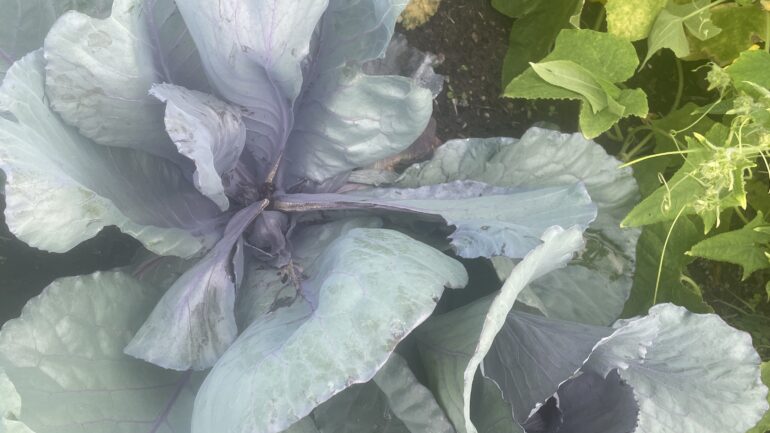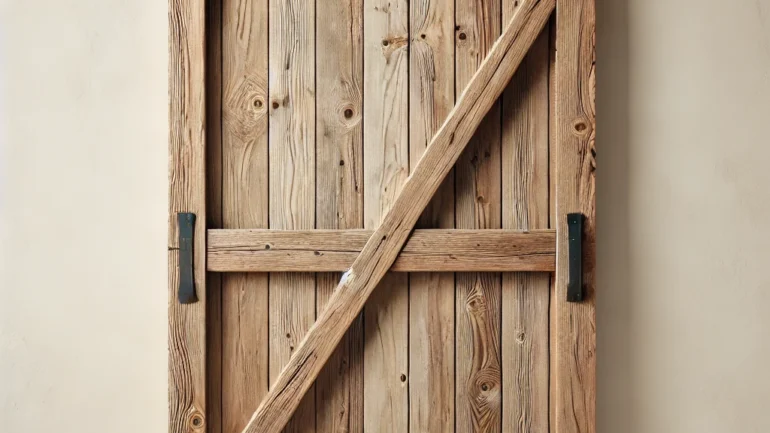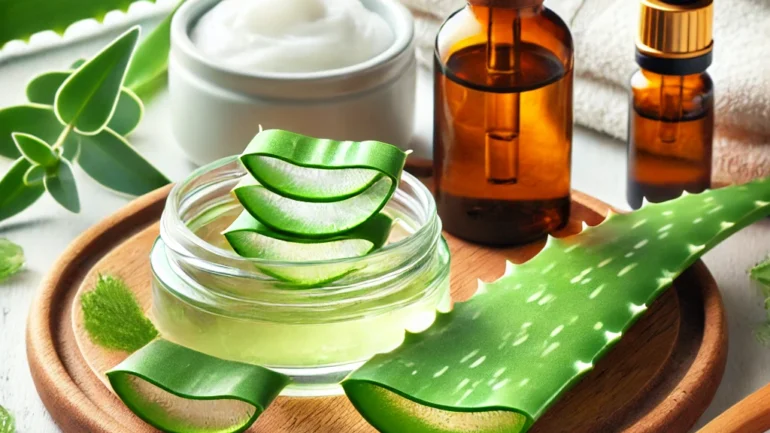Introduction
Starting a garden can feel overwhelming, but with the right tips and tricks, anyone can grow a lush, thriving outdoor space. Whether you’re planting herbs, vegetables, or flowers, these gardening hacks for beginners will save you time, money, and effort. If you’re looking for simple yet effective ways to improve your gardening skills, you’re in the right place! Gardening doesn’t require a green thumb — just patience, a few clever strategies, and the right approach. Follow these tips to watch your garden thrive season after season.
1. Start with Healthy Soil
Healthy Soil is the foundation of any successful garden. For nutrient-rich soil:
- Mix compost, aged manure, or organic matter into your soil to boost its fertility.
- Use a soil test kit to measure pH levels and nutrient content.
- Opt for natural fertilizers like fish emulsion, bone meal, or worm castings for sustained plant health.
- Consider rotating crops each year to prevent nutrient depletion in your soil.
- Adding earthworms can also improve soil aeration and nutrient distribution, creating a healthier garden bed.
- Raised garden beds are a great option for controlling soil quality and improving drainage.
2. Choose Companion Plants Wisely
Companion planting improves plant growth, deters pests, and enhances crop yields. Great combinations include:
- Tomatoes + Basil (Basil repels tomato hornworms)
- Carrots + Onions (Onions deter carrot flies)
- Marigolds + Almost Anything (Marigolds keep common garden pests away)
- Planting beans with corn allows beans to climb while corn benefits from improved nitrogen levels.
- Garlic repels aphids and protects rose bushes when planted nearby.
- Nasturtiums can be grown as a ‘trap crop,’ luring harmful insects away from your main plants.
3. Use Mulch for Moisture Control
Mulching is a game-changer for moisture retention and weed prevention. Organic mulches like straw, wood chips, or grass clippings can:
- Lock in moisture
- Improve soil health as they decompose
- Suppress weed growth naturally
- Mulch also regulates soil temperature, protecting roots during hot weather.
- Organic mulches can gradually improve soil structure, adding valuable nutrients to your garden beds.
- Be mindful of mulch depth — 2-3 inches is ideal for maintaining moisture without suffocating your plants.
4. Water Smart, Not Hard
Overwatering is one of the biggest mistakes new gardeners make. Try these watering hacks:
- Water early in the morning to reduce evaporation.
- Use a soaker hose for slow, deep watering directly to plant roots.
- Collect rainwater for an eco-friendly water source.
- Consider adding drip irrigation systems for precise watering without waste.
- Group plants with similar water needs together to simplify your watering routine.
- Adding mulch around your plants can drastically reduce how often you need to water.
5. Repurpose Household Items for Garden Success
Don’t spend a fortune on gardening tools — repurpose household items instead:
- Use old egg cartons to start seeds indoors.
- Turn milk jugs into watering cans by poking holes in the lid.
- Repurpose coffee grounds and eggshells as natural fertilizers.
- Wooden spoons can double as durable plant markers for labeling your crops.
- Old shower caddies are excellent for organizing garden tools and supplies.
- Use mason jars as mini greenhouses for delicate seedlings during colder months.
6. Encourage Pollinators for Bigger Harvests
Pollinators like bees and butterflies play a crucial role in plant health. To attract them:
- Plant native wildflowers that bloom at different times of the year.
- Avoid pesticides that harm beneficial insects.
- Provide a shallow water source like a birdbath.
- Choose flowers with vibrant colors, like lavender, sunflowers, and coneflowers, to attract pollinators.
- Adding herbs like thyme, oregano, and rosemary also encourages pollinators while enhancing your kitchen garden.
- Creating a bee hotel using wooden blocks with drilled holes can provide nesting spots for helpful insects.
7. Prune Plants for Stronger Growth
Pruning helps plants grow healthier and produce better yields. Follow these tips:
- Trim dead or damaged branches regularly.
- Prune in early spring for most plants to encourage growth.
- Use sharp, clean tools to prevent disease spread.
- Always prune at a 45-degree angle to promote faster healing.
- For flowering plants, remove spent blooms to encourage continuous flowering.
- When pruning fruit trees, focus on improving airflow between branches to reduce the risk of disease.
My Gardening Journey
When I started my first garden, I was overwhelmed by all the advice out there. I decided to focus on these simple tips, and they truly made a difference. By improving my soil quality with compost, planting marigolds to keep pests away, and watering early in the mornings, my plants flourished beyond my expectations. I remember the joy of seeing my tomatoes thrive, thanks to basil acting as a natural pest repellent. However, I quickly learned that what works in one area may not always apply in another. Gardening success depends heavily on your local climate and soil conditions, so I highly recommend researching your planting zone before diving in. Each region has unique challenges, and understanding your zone will help you make better plant choices and timing decisions.
Conclusion
By following these practical gardening tips and tricks, you’ll create a vibrant and productive garden with minimal effort. Whether you’re a beginner or an experienced gardener looking to improve your skills, these hacks will help you succeed. For more detailed guides and gardening ideas, visit BuresBarn.com for inspiration and helpful resources.



